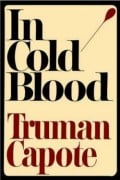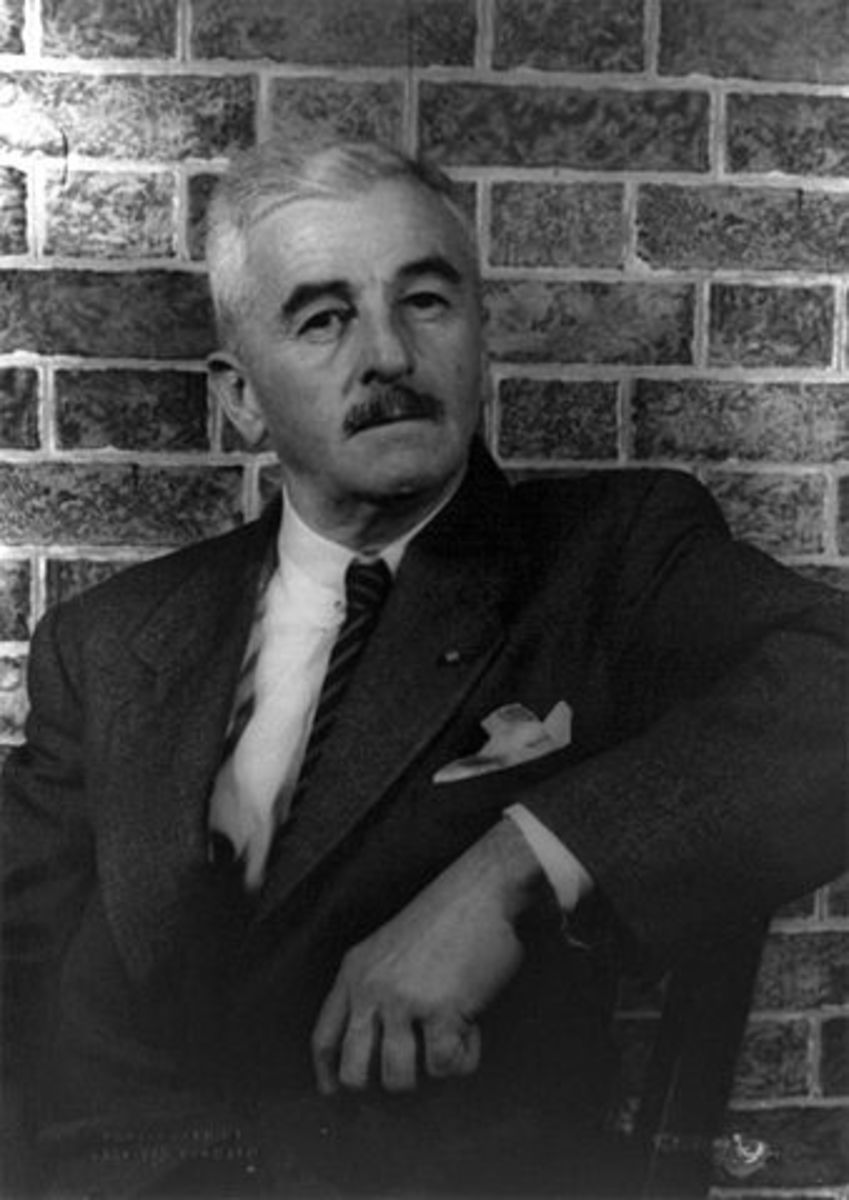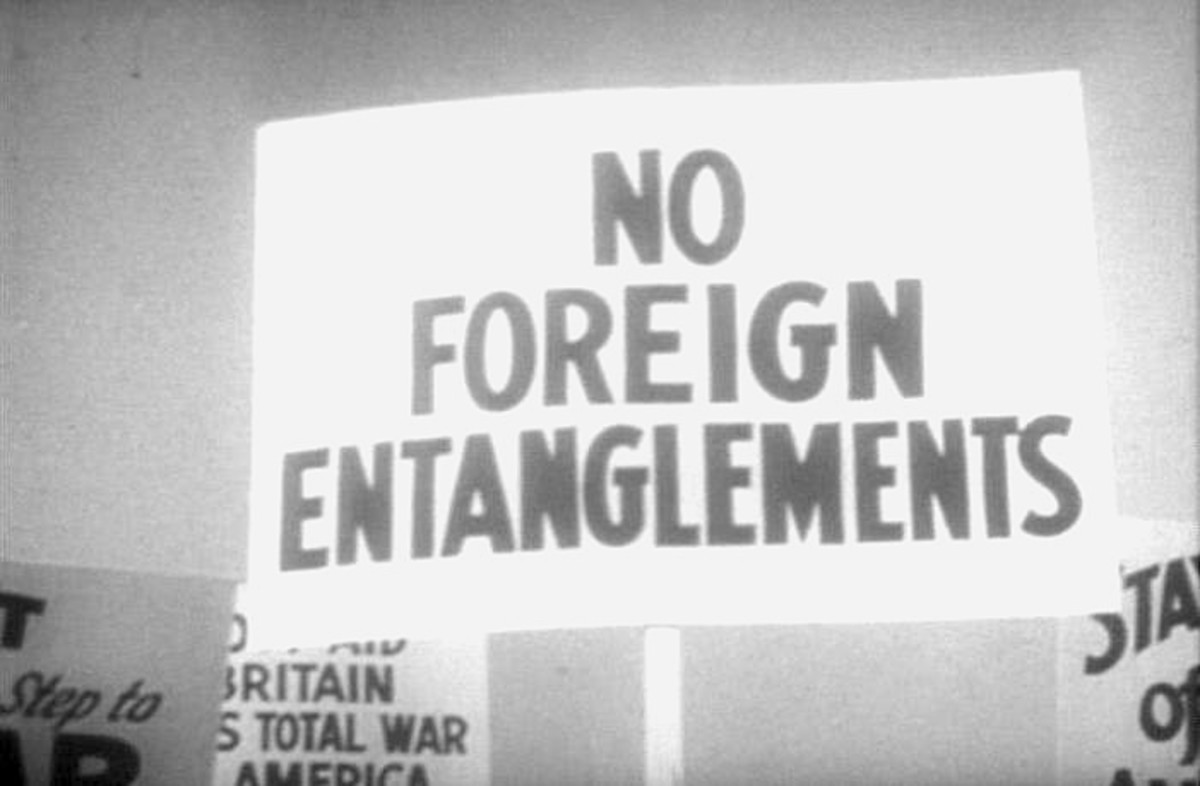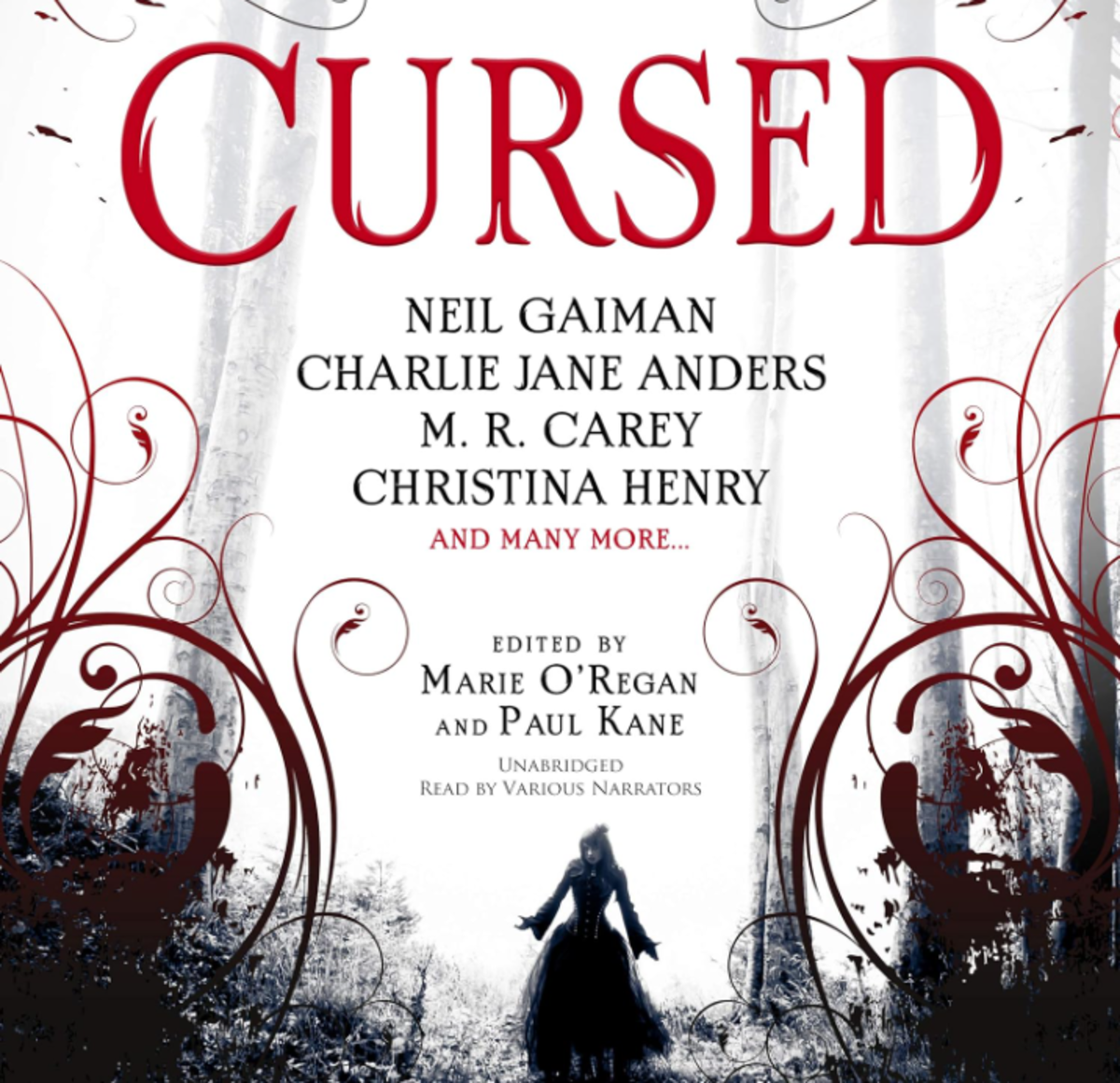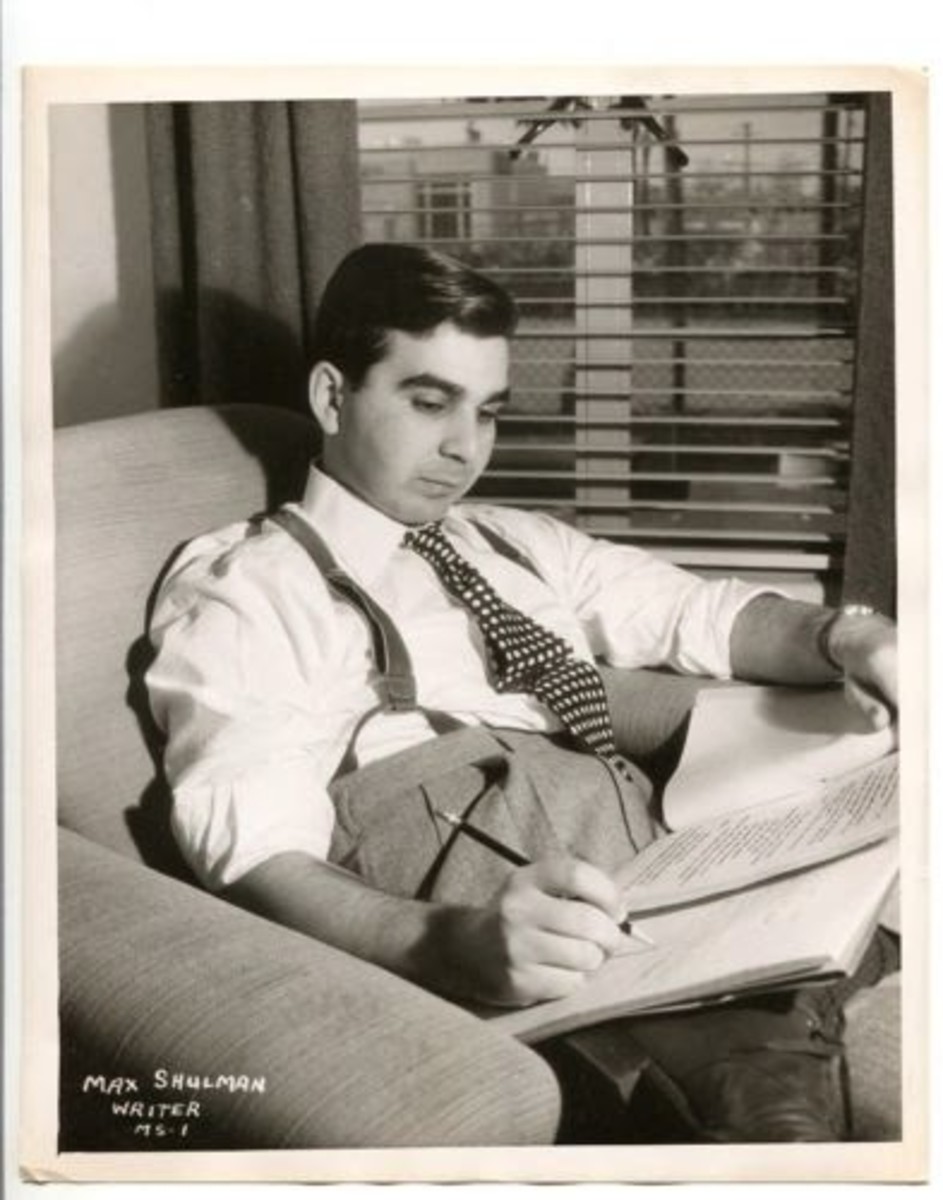In Cold Blood: Truman Capote Invents a New Genre

I have never been any sort of fan of crime literature, whether factual or fictional. I have actually read very little of it. It has always seemed to me a matter of easy commercialism, magnifying the horrors and perversities of our species rather than the more mundane virtues.
However, one of the best books that I have ever read—on any subject, in any genre—was Truman Capote's In Cold Blood, a book that its author claimed was a true-to-life story. Indeed, Capote's stated intent in his project was to create a new literary genre, the nonfiction novel.
In Cold Blood well deserves its reputation as its author's masterpiece. It is brilliantly written in crystal clear prose, almost perfectly structured, and, in a strictly technical sense, almost flawless.
Capote was inspired to write the book by a 300-word article he saw in the New York Times. A prominent Kansas rancher named Herb Clutter and his wife, son and daughter were ritualistically bound, gagged and shot at point blank range near the small town of Holcomb, Kansas in November of 1959, a crime with no apparent motive as nothing of consequence seemed to have been stolen.
The mystery of the savage crime in the far-off and unfamiliar part of America was irresistible to Capote and he traveled to Kansas with his fellow writer and former Alabama neighbor Harper Lee to investigate, arriving there before any suspects were apprehended.
What ensued was a carefully structured piecing together of the crime, its perpetrators and its consequences as Capote subtly used many tools to build up his readers’ interest in otherwise ordinary people.

Summary
In the early stages of Capote’s narrative he describes the part of Kansas where the Clutters lived, its vast emptiness, harsh climate, remoteness and stark beauty. He portrays them as a peaceful, law-abiding family.
With this image fixed in our minds, Capote then skillfully begins interweaving another strand involving two small-time convicts recently paroled from the Kansas State Penitentiary, Dick and Perry.
We are told certain peculiarities about them: that Perry has been in a motorcycle accident which has mangled his legs; that Dick has been married and divorced twice to teenage girls; that Perry's father and mother were rodeo performers, that Dick addresses Perry as “honey”; and so on.
The narrative is driven by several literary tricks which Capote carefully plays on the reader. We are told early in the narrative that the Clutters have been murdered. We are told Dick and Perry have murdered them. What we are not told are the details of how the murder took place.
And, though we know Dick and Perry will eventually be apprehended and hanged for their atrocities, the narrative makes us wonder how it will be possible for them ever to be found out, as it is unclear to us what possible connection they had to the Clutters and how they could ever be linked to their murders.
This is deliberate craft on Capote's part and he uses it masterfully. He describes the cross country junket of Dick and Perry, fugitives from the law, as they flee to Mexico. He describes their continued whoring and thievery in Mexico, their eventual bus ride back to California and hitchhike back to Kansas.
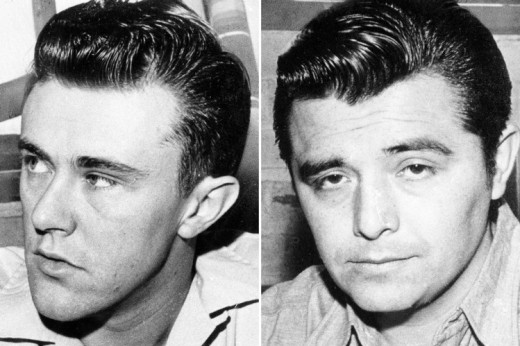
In the meantime, the book's ultimate hero, Kansas Bureau of Investigation lead Alvin Dewey, is assigned the task of piecing together clues from the seemingly unsolvable crime. The only two clues he seems to find are a missing radio from the bedroom of Nancy Clutter, the slain teenage girl, and a bloody footprint with a diamond-soled imprint visible in one of the police crime scene photographs.
The scanty details and the grisly nature of the crime begin to gnaw at Dewey, and his health and family life begin to suffer. His children and wife grow skittish and he begins having trouble sleeping at night.
The case eventually turns when Floyd Wells, a former cell inmate of Dick, hears about the crime and remembers having told Dick, in great detail, about his former employment at the Clutter's ranch and having heard Dick promise to go rob Clutter once he has been paroled.
From this point onward we realize the assassins will quickly be hunted down and caught, as they continue, bewilderingly at times, to leave a trail of evidence as they cross back and forth across the continent.
Perry has left the stolen radio in a pawn shop in Mexico, and has mailed a package with his diamond-studded shoe heels back to a seamy rooming house in Las Vegas. Dick has gone on a check-kiting spree in Kansas City, stolen a car from an Iowa barn, and returned to a junkyard where he formerly worked to steal Kansas license plates.
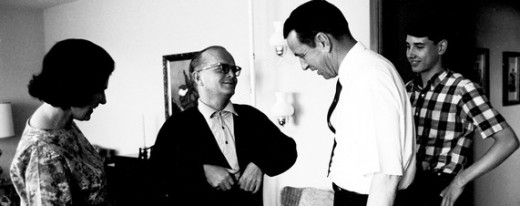
Capote displays a morbid and at times mildly bothersome sort of sympathy for the pathetic psychopaths as they clumsily yield to the vise grip of justice. One feels at times a certain patronizing attitude toward the everyday law-abiding Kansans and a sinister fascination with the evildoers.
I once read Capote say he grew to “love” Perry after he got to know him in jail; a strange admission, given the barbarity and cruelty of the crime he committed and the detached journalistic tone Capote successfully adopted throughout his book .
The climax of the story's suspense is when Dick and Perry, kept separate, confess their crimes to the investigators who arrest them.
One of the tricks Capote has played on us throughout is to make us think of Dick as the more aggressive and hostile of the two and the likely trigger-man in the slayings. What a surprise it is, then, when Dick claims Perry did all of the shootings; and, though this is at first disputed, it is eventually corroborated by Perry's revised testimony while in prison.
The trial is discussed in some detail, as well as the feeble attempts of overwhelmed defense attorneys to make appeals after guilty verdicts and death sentences are given for both of the condemned men.
As Dick and Perry (whose last names, Hickok and Smith, are revealed to us very late in the account) waste away in “The Corner”, the death row of the Kansas State Penitentiary, Capote describes their Spartan surroundings.
In some very fine reportage, he gives us a brief summary of the murderous careers of three of the other death row inmates who are hanged before the Clutter assassins are finally put to death five years after their convictions.

Assessment
One of Capote's outstanding traits, as the narrator of In Cold Blood, is a detached objectivity free of emotion or rhetorical excess. Though, as noted, his personal sympathies occasionally leak out, he by and large keeps his own biases out of the drama and lets the people and events speak for themselves.
Or at least he appears to. I don't think any intelligent reader can seriously believe all of the statements in quotations are verbatim. They often seem too well-structured and coherent to be the random thoughts of non-literary people speaking off the cuff.
One can't help thinking that in a great many cases it is Capote's literary imagination which is fueling the narrative and not the people whom he's claiming to quote.
It seems to me Capote found a genre which combined the best of both worlds. Tom Clancy once said the difference between reality and fiction is that reality doesn't have to seem real, and the reality of the Hickok/Smith slaying of the Clutters would hardly be plausible as fiction.
Their bumbling acts of stupidity and carelessness (going back to Kansas after they've escaped the country, mailing back the shoes worn during the crime to Smith's Nevada address, placing the gun used as the murder weapon back in Hickock's parents' house, stealing a relatively worthless radio taken from the crime scene and pawning it) might be laughed at if they were figments of Capote's imagination.
But it occurs to me that perhaps, subconsciously, they and other psychopaths want to be caught; that a life in captivity—even an execution in captivity—is ultimately less painful than a life on the run. The lesson learned, despite Capote's perhaps intentionally suggested ambiguities, is that CRIME DOES NOT PAY.
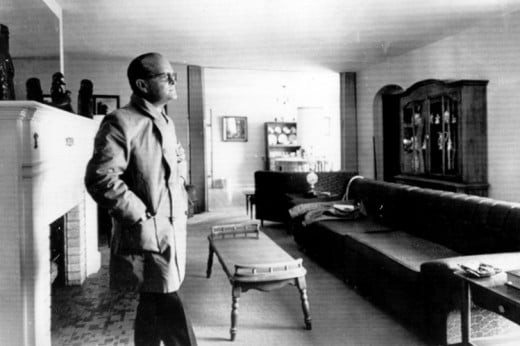
The British critic Kenneth Tynan, in criticizing Capote for seeming to exploit the death sentences of Hickok and Smith, wrote: “For the first time an influential writer of the front rank has been placed in a position of privileged intimacy with criminals about to die, and—in my view—done less than he might have to save them.”
Which, of course, is utter nonsense. No observer who undertakes the role of reporting facts is ever obligated to try to change them. If Capote had wanted to change the facts he could have done it quite easily: by writing fiction, which his dossier proved he was more than capable of doing.
And, even had he written fiction, why would he have spared characters who so clearly deserved the supreme penalty for their vicious crimes?
No reader would have stomached the “saving” of these vile criminals, and one suspects that, had the courts in Kansas not meted out justice, Capote would have either had to abandon his work as unsalable or else fictionalize the entirety of it.
Perhaps, then, his claim to have “loved” his two anti-heroes was self-serving, to fend off accusations that he wanted them dead.
For if they had lived then his book, which made him a fortune and guaranteed him literary immortality, would surely have been the thing that was sacrificed.
© 2015 James Crawford

